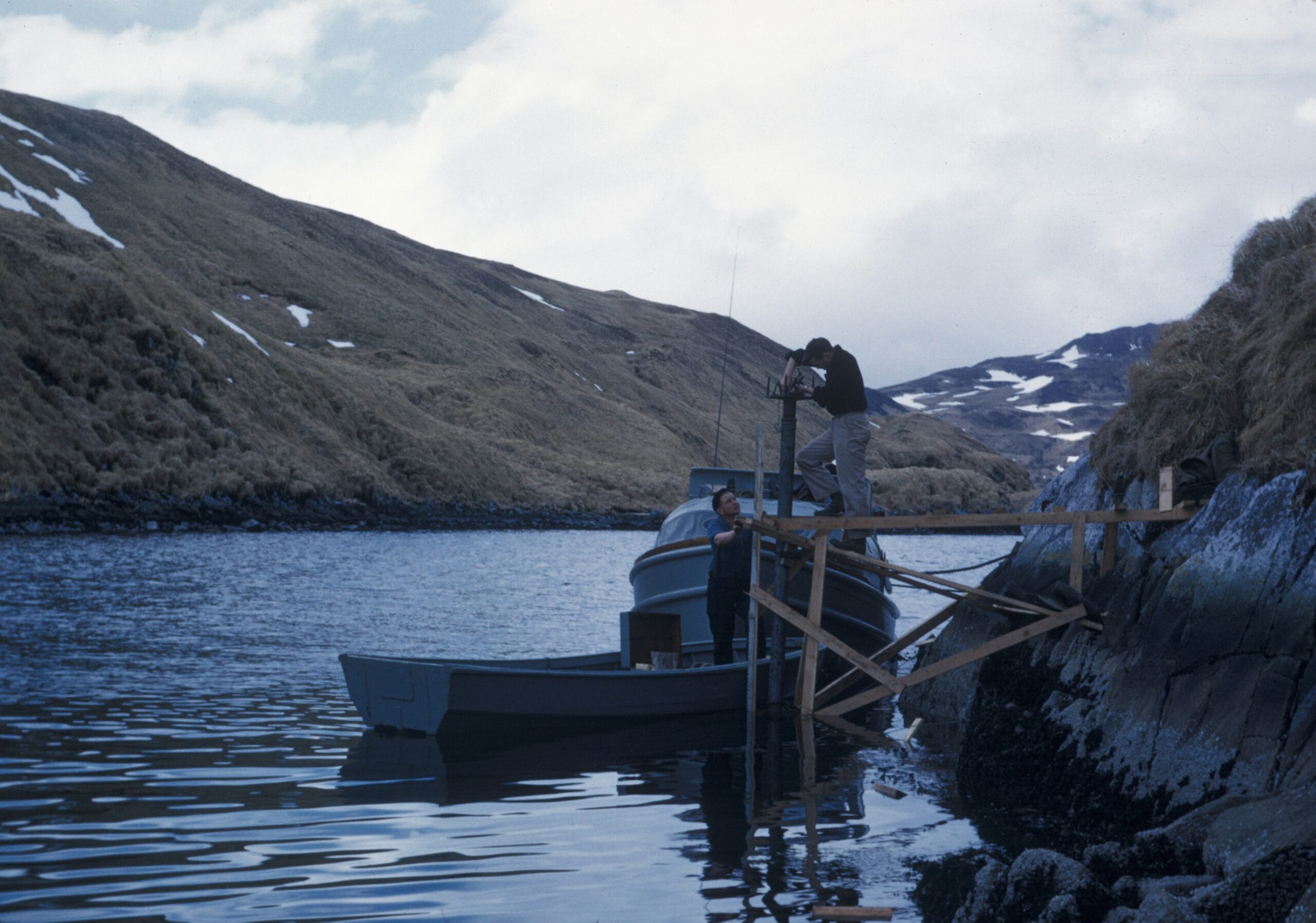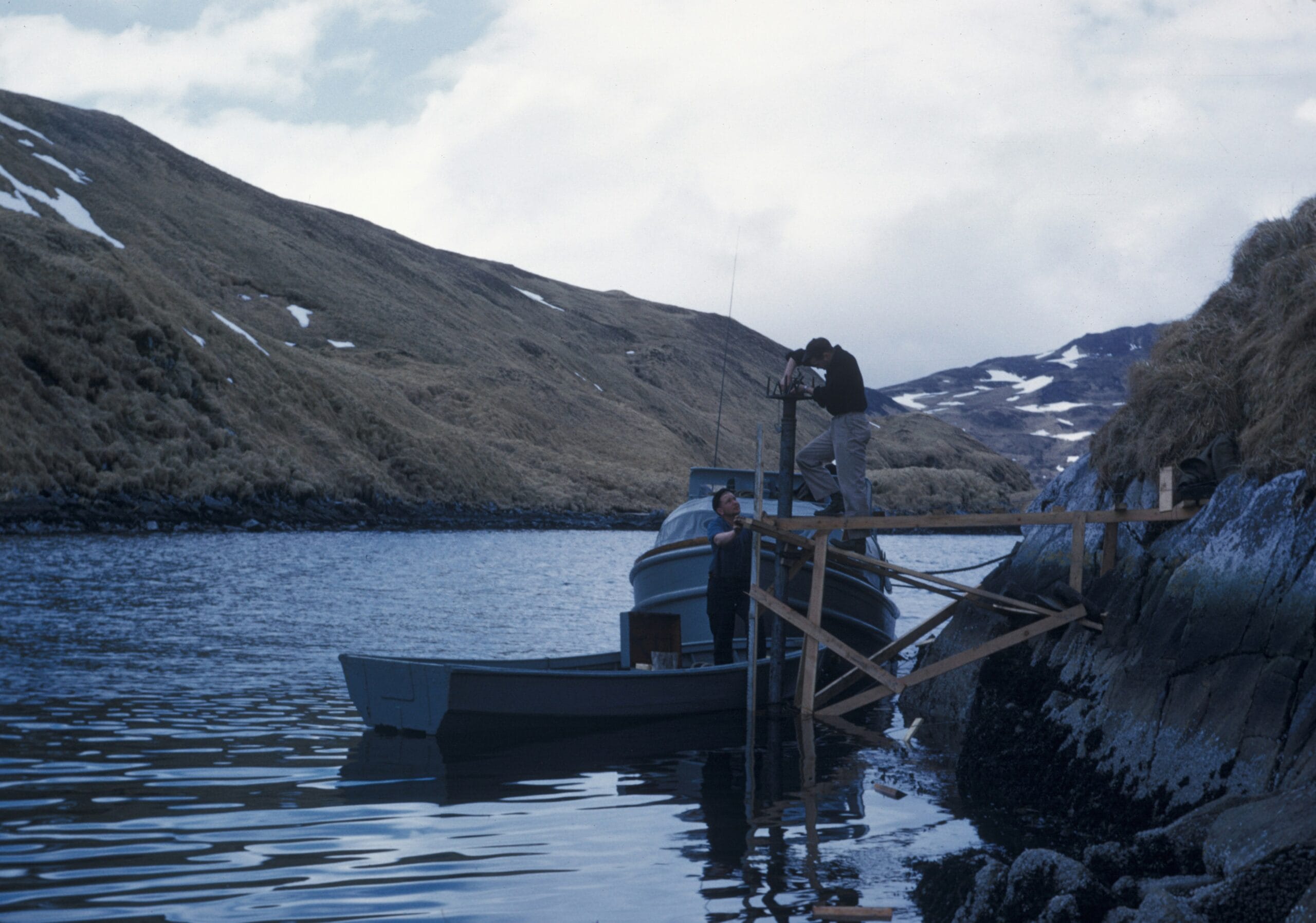
Overview of the Current Heatwave
Australia is currently experiencing an unprecedented heatwave, one of the hottest spring periods recorded in several decades. Meteorological authorities have reported temperatures soaring well above the seasonal averages, with some regions recording highs surpassing 40 degrees Celsius. This extreme weather event has prompted numerous heatwave warnings across various states, significantly affecting both urban and rural areas.
The severity of this heatwave varies across the country, but notably, regions such as New South Wales, Queensland, and South Australia are among the hardest hit. The Bureau of Meteorology has indicated that these areas are not only facing record temperatures but also prolonged durations of excessive heat. In some instances, temperatures have remained above 35 degrees Celsius for consecutive days, which poses severe health risks to vulnerable populations, including the elderly and those with pre-existing health conditions.
More information5 Reasons Tropical Storm Milton is a Wake-Up Call for Florida ResidentsThis worsening weather phenomenon can be attributed to a combination of climatic factors, including persistent high-pressure systems and the El Niño effect, which has intensified the heat. The implications of such extreme weather are profound, affecting daily life, agriculture, and local ecosystems. Water shortages have emerged as a pressing concern, with crops suffering from dehydration and livestock facing heat stress. Wildlife is also at risk, as many species struggle to adapt to the rapidly changing conditions, leading to potential declines in biodiversity.
In response to the dire situation, local governments and health authorities have issued guidelines for residents, emphasizing the importance of hydration, staying indoors during peak heat hours, and being vigilant for heat-related illnesses. Public health messaging and community support systems are crucial during this period to mitigate the impact of the heatwave on the population.
The Impact of Climate Change on Australian Weather Patterns
Climate change has become an undeniable force influencing the weather patterns experienced across Australia. The steady rise in global temperatures, primarily attributed to human activities such as fossil fuel combustion and deforestation, is resulting in increasingly frequent and severe weather events. Recent scientific studies indicate that Australia’s average temperatures have risen by approximately 1.44 degrees Celsius since 1910, leading to significant shifts in climate phenomena.
More informationDr. Oz’s New Appointment: A Trend AnalysisResearch conducted by the Australian Bureau of Meteorology highlights that heatwaves have become more intense and longer in duration. The combination of rising temperatures with increased humidity further exacerbates the situation, leading to a more challenging environment for both humans and wildlife. Climatologists emphasize that this upward trend in temperature aligns closely with the predictions made by climate models, reinforcing the link between climate change and the heatwaves faced in recent years.
Moreover, the longer-term implications of these changes stretch beyond immediate weather conditions. Ecosystems are under increasing threat as many species struggle to adapt to rapid changes in their habitats. Changes in rainfall patterns can lead to droughts in some regions and increased flooding in others, further destabilizing local ecosystems. For instance, prolonged droughts severely affect agricultural productivity, leading to economic strain on farming communities across the nation. This, coupled with rising sea levels threatening coastal areas, poses a significant risk to both biodiversity and human settlements.
In light of these developments, it is imperative for communities and policymakers to recognize and address the underlying causes of climate change. Protecting ecosystems and implementing sustainable practices will be vital for mitigating future climate impacts. Understanding the relationship between human activity and changing weather patterns can guide efforts to enhance resiliency and adapt to a rapidly evolving climate landscape.
More informationAn Overview of Absentee Voting for Military VotersComparing Past Heatwaves and Weather Trends
Australia has a long history of experiencing significant heatwaves, with events that have marked the climate narrative of the nation. Notable heatwaves, such as the one that occurred in January 2013, set records across various states, showcasing maximum temperatures that soared beyond 45 degrees Celsius in some regions. This specific event was part of a broader trend of escalating temperature anomalies, now frequently referred to as Australia’s Heatwave phenomenon. The summer of 2019-2020 further stressed this pattern, as Australia recorded an extraordinarily hot and dry season that ultimately contributed to devastating bushfires affecting vast landscapes.
Over the years, data indicates a discernible trend in rising average temperatures. According to the Bureau of Meteorology, the last few decades have seen an increase in the frequency and severity of heatwave events. This increase is often linked to broader climatic changes, including El Niño and La Niña phenomena, which have fluctuating impacts on weather patterns throughout Australia. For instance, the 2009 heatwave occurred just before Australia’s record-breaking summer, leading to significant health issues and the unfortunate consequence of lives lost due to the extreme temperatures.
Analyzing these historical records reveals a concerning correlation between past heatwaves and current weather conditions. The past indicates that heatwave intensity has doubled in many regions, leading experts to predict continued trends of rising heat across the country. With climate change intensifying, it is plausible to consider that future heatwaves may not only match past extremes but potentially surpass them. The awareness of these escalating temperatures underscores the urgency for developing adaptive strategies to mitigate the impacts of future heatwave occurrences.
More informationCreating a Continuity Folder for Voting Assistance Officers: Essential GuidelinesAdvice for Coping with Extreme Heat Conditions
As Australia experiences one of its hottest spring seasons in years, it is vital for residents to adopt effective strategies to cope with extreme heat conditions. Senior citizens, young children, and individuals with health conditions are particularly vulnerable, so everyone should prioritize health and safety during this heatwave.
One of the most crucial strategies is to stay hydrated. The dry heat can cause rapid dehydration, so it is advisable to drink plenty of water throughout the day. Avoiding caffeinated and alcoholic beverages is recommended, as these can contribute to further dehydration. It is also beneficial to consume hydrating foods like fruits and vegetables, which have high water content. Keeping a water bottle handy when outdoors can aid in maintaining hydration levels.
During peak heat hours, typically from 11 a.m. to 4 p.m., remaining indoors is highly advised. If air conditioning is unavailable, seek out shaded areas or public places, such as local libraries or shopping centers, to escape the heat. Wearing light, loose-fitting clothing can minimize discomfort, while also opting for light-colored garments can help reflect sunlight and keep body temperature lower.
More informationTrial of Police Officer Who Tasered 95-Year-Old Clare Nowland Enters Final StagesFor those in need, many local communities have established resources to assist residents during this extreme weather event. Cooling centers are set up in various neighborhoods, providing a refuge from the heat for individuals and families requiring relief. Additionally, initiatives aimed at helping vulnerable populations, such as the elderly or economically disadvantaged, are often organized by local councils and non-profit organizations. It is essential for citizens to stay informed about these resources through community channels or local news outlets.
By implementing these effective coping strategies and leveraging available community resources, Australians can protect themselves and their families during this heatwave. Awareness and proactive measures are key to ensuring safety and well-being during extreme weather conditions.
More informationSemler Scientific Expands Bitcoin Holdings: What You Need to Know